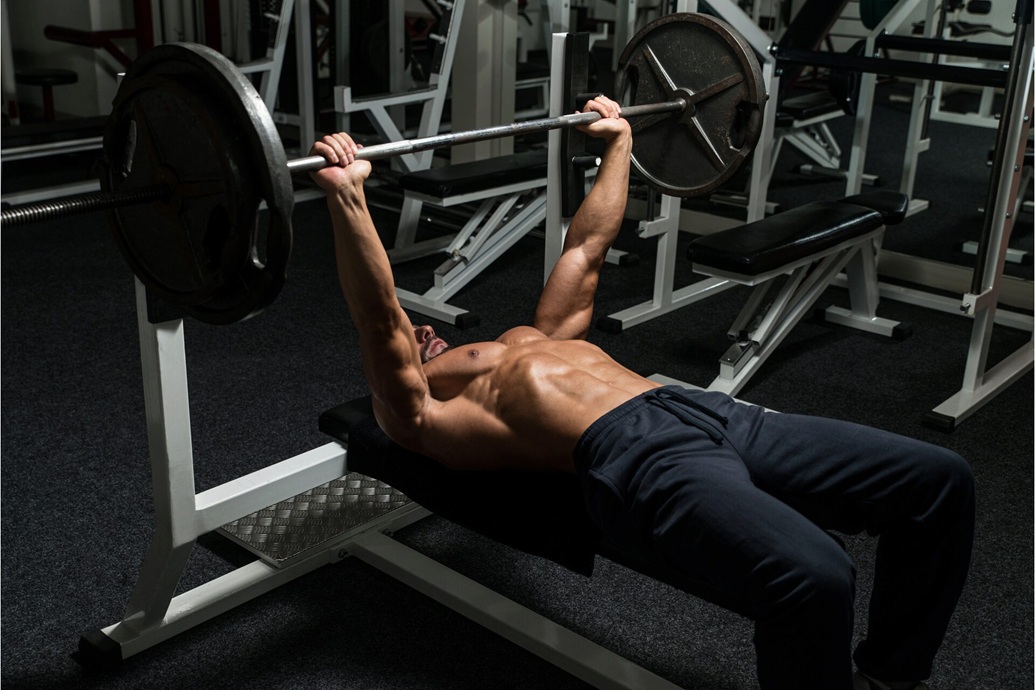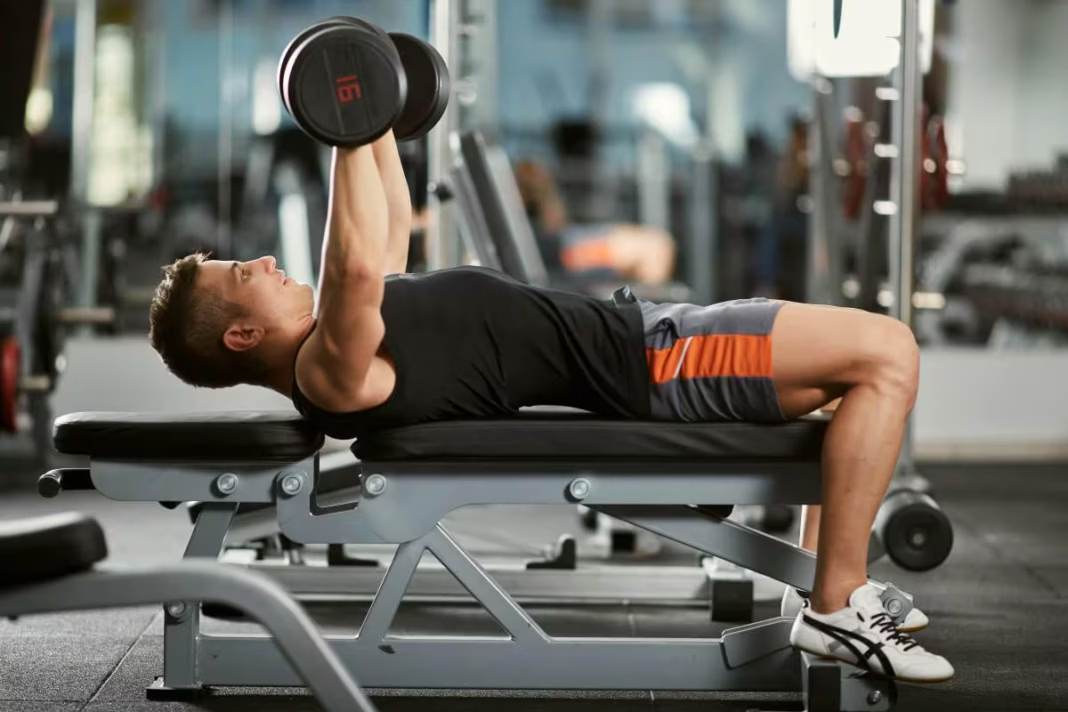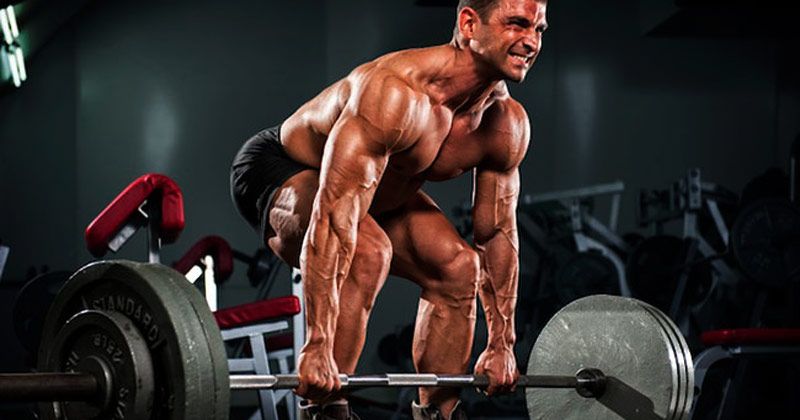Negative Reps in Bodybuilding: How They Work and Their Role in Muscle Growth
Negative reps, also known as eccentric training, are a technique in bodybuilding and strength training that focuses on the lowering phase of an exercise.
Every movement in weight training consists of three phases: the concentric (lifting the weight), the eccentric (lowering the weight), and the isometric (holding the weight still).
Negative reps emphasize the eccentric phase, which is when the muscle lengthens under tension.
This approach has been scientifically proven to be highly effective for building strength, increasing muscle size, and enhancing overall athletic performance.
How Negative Reps Work
During the eccentric phase of an exercise, your muscles can handle more weight than during the concentric phase. For example, if you can lift a weight of 100 pounds in a bench press, you may be able to control 120–130 pounds as you lower it.
Negative reps exploit this physiological fact by overloading the muscle with more resistance than it can lift in the concentric phase. This increased resistance leads to greater muscle damage, which in turn stimulates more muscle repair and growth.
Muscles adapt to stress by repairing microscopic tears in the muscle fibers, making them stronger and larger over time. Since the eccentric phase causes more muscle damage than the concentric phase, focusing on negatives can maximize the muscle-building process.
Research has shown that eccentric training recruits more fast-twitch muscle fibers, which are responsible for power and hypertrophy. These fibers respond best to higher loads and eccentric overload.

Do Negative Reps Build Muscle?
Yes, negative reps are one of the most effective methods for building muscle. Several studies have indicated that eccentric training leads to greater muscle hypertrophy than traditional concentric-based training. There are several reasons why negative reps are particularly beneficial for muscle growth:
Increased Muscle Fiber Recruitment – The eccentric phase recruits a high number of muscle fibers, including the fast-twitch fibers, which have the most growth potential.
Greater Time Under Tension – Negative reps extend the time your muscles spend under tension, which is a key driver of hypertrophy.
Higher Force Production – Because you can handle heavier weights during the eccentric phase, the increased load places more stress on the muscle, leading to greater adaptation.
Hormonal Response – Negative training has been linked to an increased release of growth hormone and other anabolic hormones, further promoting muscle growth.
Strength Gains – Focusing on the eccentric phase increases overall strength, which can translate into lifting heavier weights in traditional training, leading to further muscle development.
How to Perform Negative Reps
Negative reps can be incorporated into various exercises, but they require proper technique and, in some cases, a training partner. Here’s how to do them effectively:
Using a Training Partner
A partner assists with the concentric phase, helping you lift the weight so that you can focus entirely on the eccentric phase.
- Bench Press: Your partner helps lift the barbell up, and you lower it slowly (taking about 3–6 seconds) before they assist again.
- Pull-Ups: Your partner helps you get to the top of the movement, and you lower yourself as slowly as possible.
Self-Assisted Negatives
If you don’t have a partner, you can perform negative reps on your own by assisting with the lift using momentum or both limbs and then controlling the eccentric phase with one limb.
- Single-Leg Squat: Use both legs to push yourself up, then lower yourself down using only one leg.
- Dumbbell Curls: Use both arms to lift the dumbbells and lower them one arm at a time.
Overloaded Negatives
This method involves using more weight than you can lift concentrically but controlling the eccentric phase.
- Leg Press: Load more weight than you can lift, and use your legs to resist the downward movement slowly.
- Deadlift Negatives: Start at the top of the lift (rack pull position), then lower the barbell under control.
Safety Considerations
Since negative reps involve higher loads and increased muscle damage, they should be used cautiously. Here are some safety tips:
- Always Warm Up: Properly warm up your muscles and joints to prevent injuries.
- Use a Spotter for Heavy Weights: If using a significant overload, have a training partner to assist you.
- Limit Frequency: Negative reps are intense, so they should not be performed in every workout. Limit them to once or twice a week.
- Focus on Form: Lower the weight in a controlled manner to avoid unnecessary joint stress.
- Allow for Recovery: Eccentric training leads to greater muscle damage, so ensure adequate rest and recovery.
Best Exercises for Negative Reps
Negative reps can be applied to nearly any resistance exercise, but some exercises are particularly well-suited for eccentric overload:
- Bench Press – Lower the bar slowly for 4–6 seconds before your spotter assists.
- Squats – Use a heavier weight and lower yourself under control.
- Pull-Ups/Chin-Ups – Jump to the top position and lower yourself slowly.
- Dips – Use a dip bar, jump to the top, and lower yourself slowly.
- Deadlifts – Lower the bar under control, emphasizing the eccentric phase.
Who Should Use Negative Reps?
Negative reps are highly effective, but they are not for everyone. They are best suited for:
- Advanced Lifters – Those who have already built a strong foundation in weight training and are looking to break plateaus.
- Bodybuilders – Athletes who want to maximize muscle growth through increased muscle fiber recruitment and time under tension.
- Strength Athletes – Powerlifters and strongmen who want to improve strength in specific lifts.
- Rehabilitation and Injury Prevention – Under controlled conditions, eccentric training can help rebuild strength after an injury.
Conclusion
Negative reps are a powerful tool in bodybuilding and strength training. By focusing on the eccentric phase, they allow you to handle heavier loads, recruit more muscle fibers, and increase time under tension, leading to greater muscle growth and strength gains.
However, because they cause significant muscle damage, they should be used strategically within a well-planned training program.
When performed correctly and with adequate recovery, negative reps can be an effective way to take your training to the next level and break through plateaus.




